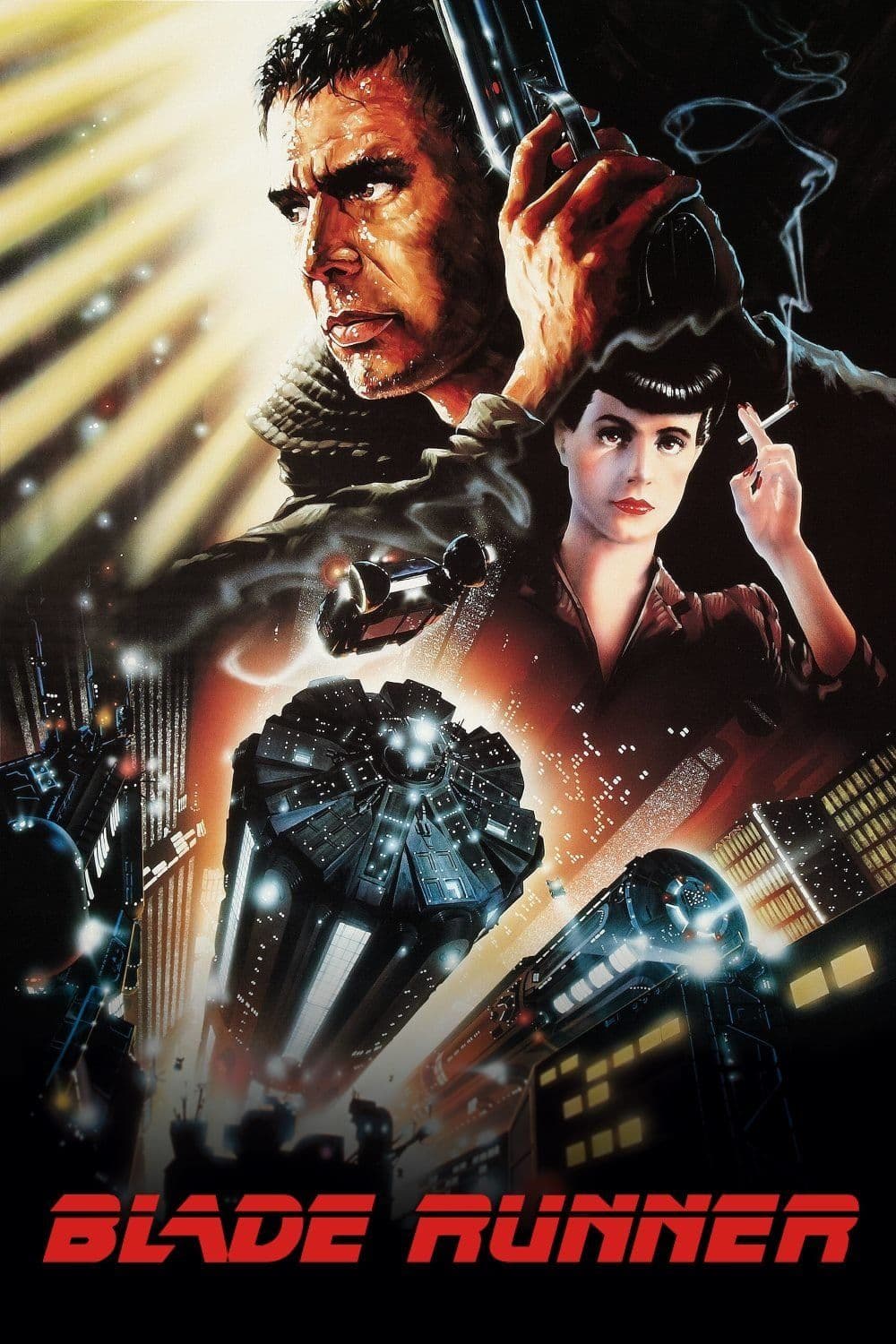
Blade Runner
1982
Rate this movie
Average: 4.00 / 5
(1 votes)
Director
Loosely inspired by Philip K. Dick’s novel "Do Androids Dream of Electric Sheep?", a genre masterpiece emerges, perhaps the greatest science fiction film ever made.
A dark, tortuous, and subterranean film, with the stylized depiction of a rainy, chaotic, almost lysergic Los Angeles. Vangelis's soundtrack contributes significantly to sculpting the atmosphere, an obsessive synthesizer echoing through the streets stained by the light of neon and television screens.
Scott's Los Angeles is Lang's Metropolis: towering skyscrapers, smokestacks spewing fire, screens projecting advertisements, the multifaceted chaos of a teeming humanity that treads the streets of the lower levels. Perhaps the central character of Blade Runner is this very City: a sprawling Leviathan that afflicts men imbued with cynicism and bitterness, almost moving their bodies, drained of vitality, in the labyrinth of its night.
The story is one of an escape: four replicants employed as laborers in extraterrestrial colonies flee to Earth, landing in Los Angeles and blending in with its inhabitants. These are Nexus 6 model androids, the most advanced, with features identical to humans but with infinitely superior intellectual function and physical strength. Their only limit is their longevity, restricted to four years. For this reason, they are in Los Angeles to undo this foretold death by visiting their creator and programmer: Dr. Eldon Tyrell.
Deckard, an android hunter from the Blade Runner unit, is tasked with rooting out the four "skin jobs" around the city. The hunter begins his search starting from the Tyrell Corporation, the replicant manufacturer. Here he meets Rachael, and at Dr. Tyrell's own request, he performs the Voight Kampff test on her to determine a subject's human or android nature, revealing the woman's replicant nature.
Despite his repulsion for androids, Deckard is attracted to Rachael. Later, through a photograph found in one of the replicants' apartments, he manages, by highlighting a specific detail, to trace back to the manufacture of a synthetic snake scale. From there he will reach one of the replicants, whom he will kill during her escape. The second replicant is killed by Rachael, who saves Deckard from a confrontation in which he was about to get the worst of it. The love between the two strengthens as the final confrontation with Roy Batty, the leader of the escaped replicants, is imminent.
Roy and his companion indeed managed to reach Tyrell, their creator, to ascertain that it is not possible to eliminate the longevity limit, and then killed him. During the final battle between Deckard and Roy, in a gesture more human than robotic, the replicant spares Deckard and dies under a torrential rain. Deckard, disgusted by the spiral of violence and hypocrisy, flees the city with Rachael.
This film is a true treasure trove of themes and images that have taken root in modern culture, a taxonomy whose legacy has branched out into countless works, so much so that its sphere of influence is now practically incalculable. Consider, for example, that a phrase from Roy's final monologue has become part of common hyperboles in everyday language ("I've seen things").
Perhaps the paradigmatic scene to attempt to cross the threshold into Blade Runner's poetics, the ultimate key to penetrate the soul of its lyricism, is precisely Roy's final monologue, delivered before Deckard under a torrential rain: "I've seen things you people wouldn't believe. Attack ships on fire off the shoulder of Orion. I watched C-beams glitter in the dark near the Tannhäuser Gate. All those moments will be lost in time, like tears in rain. Time to die."
Genres
Gallery
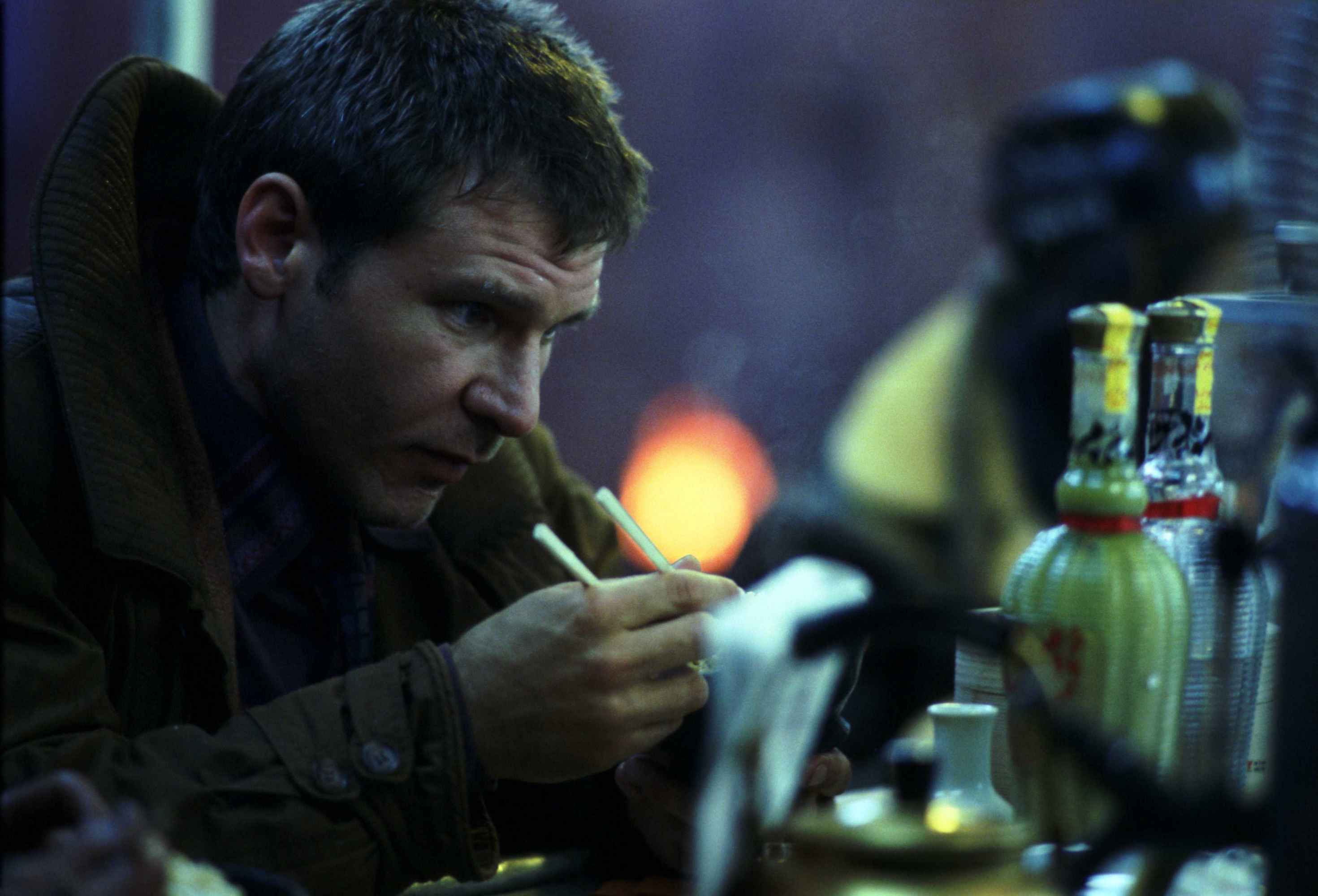

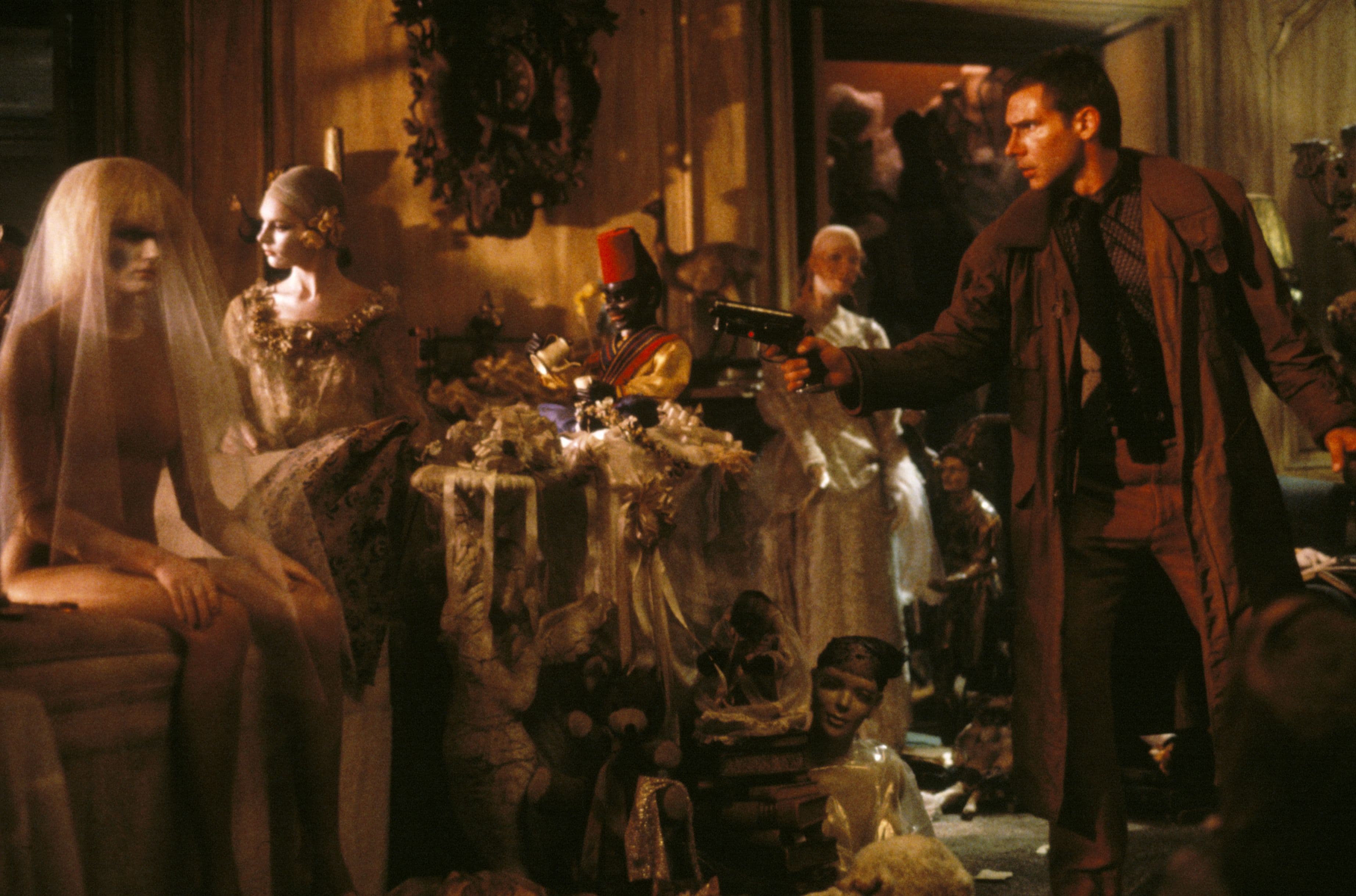
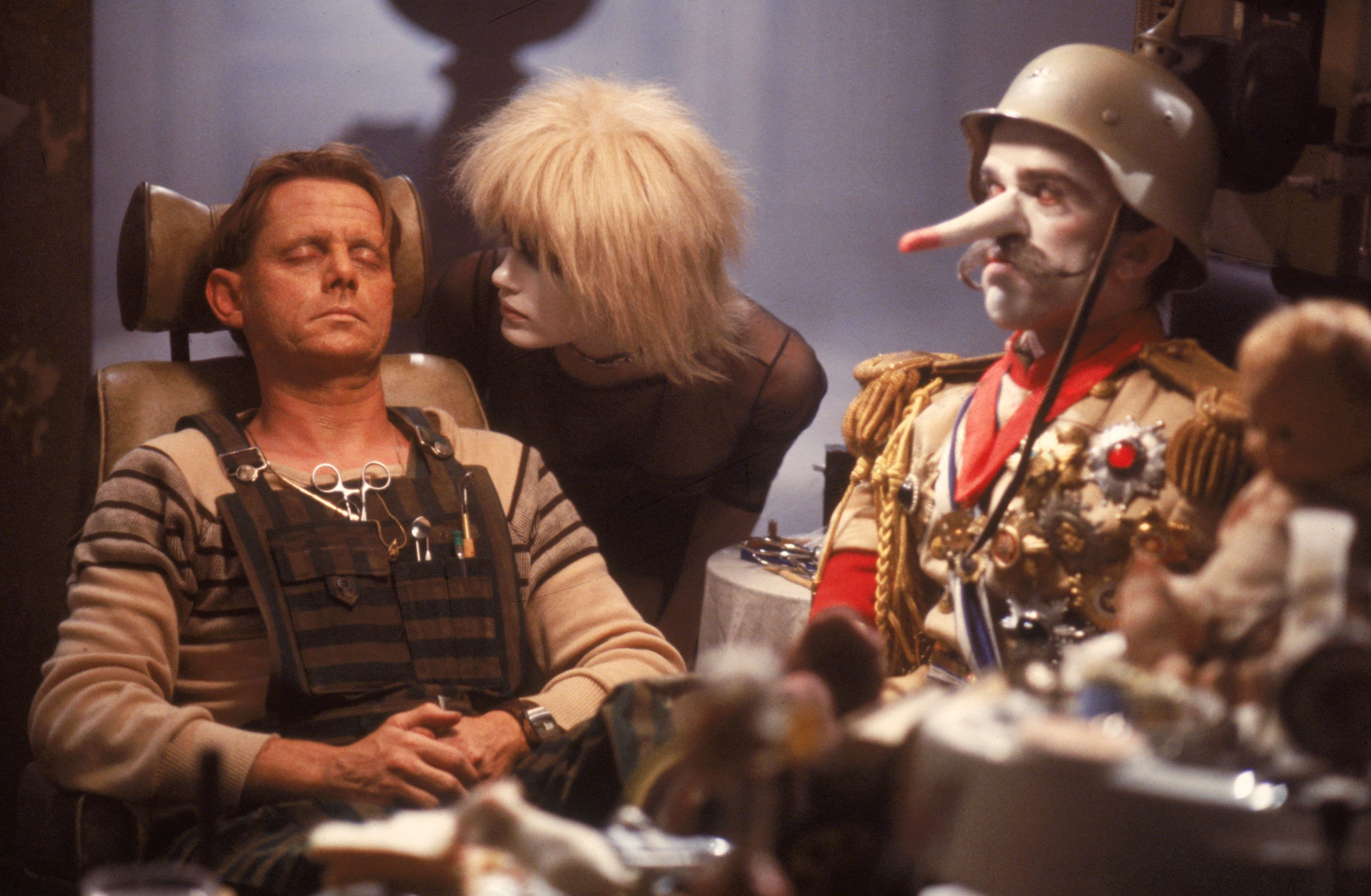
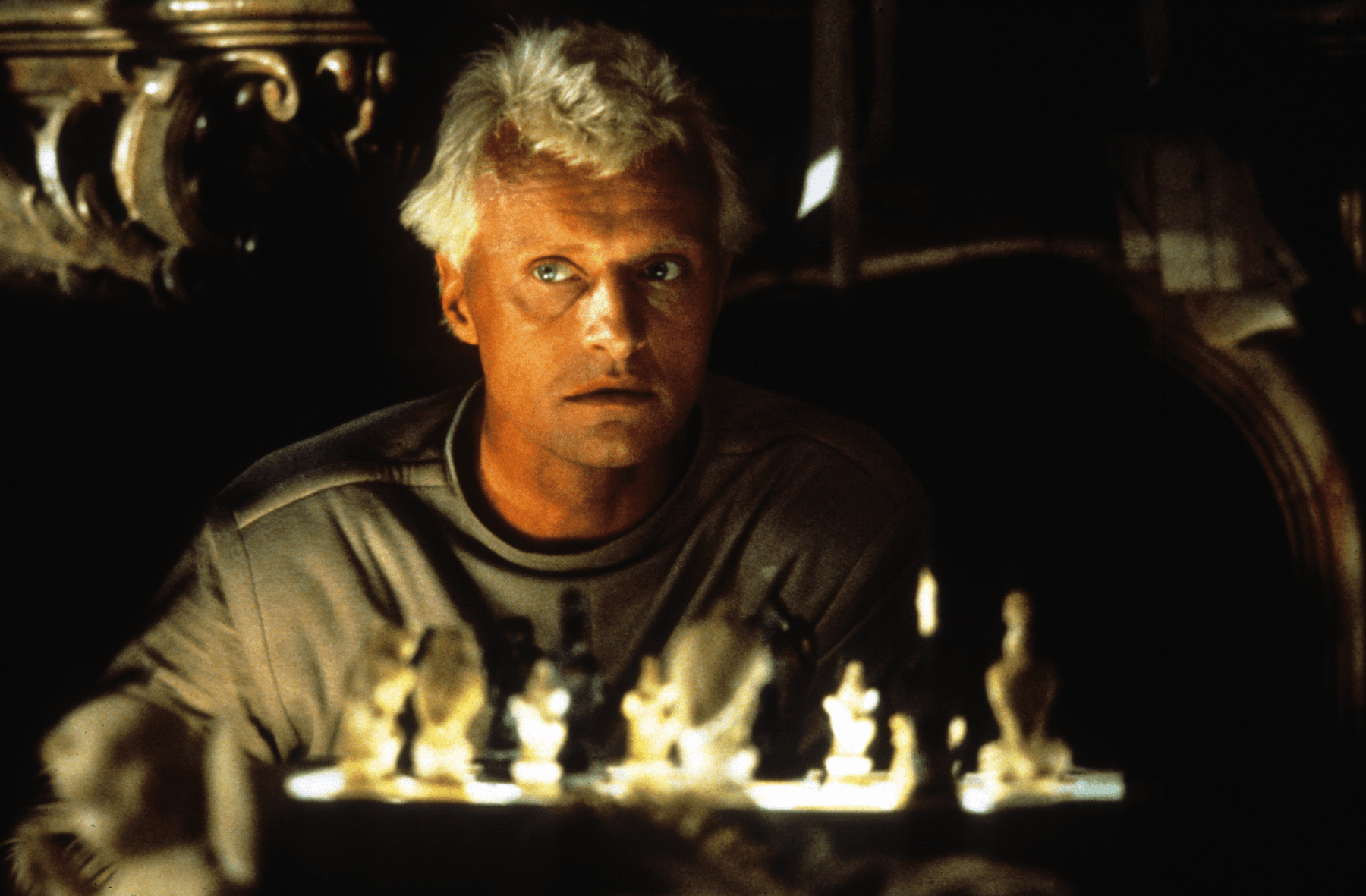

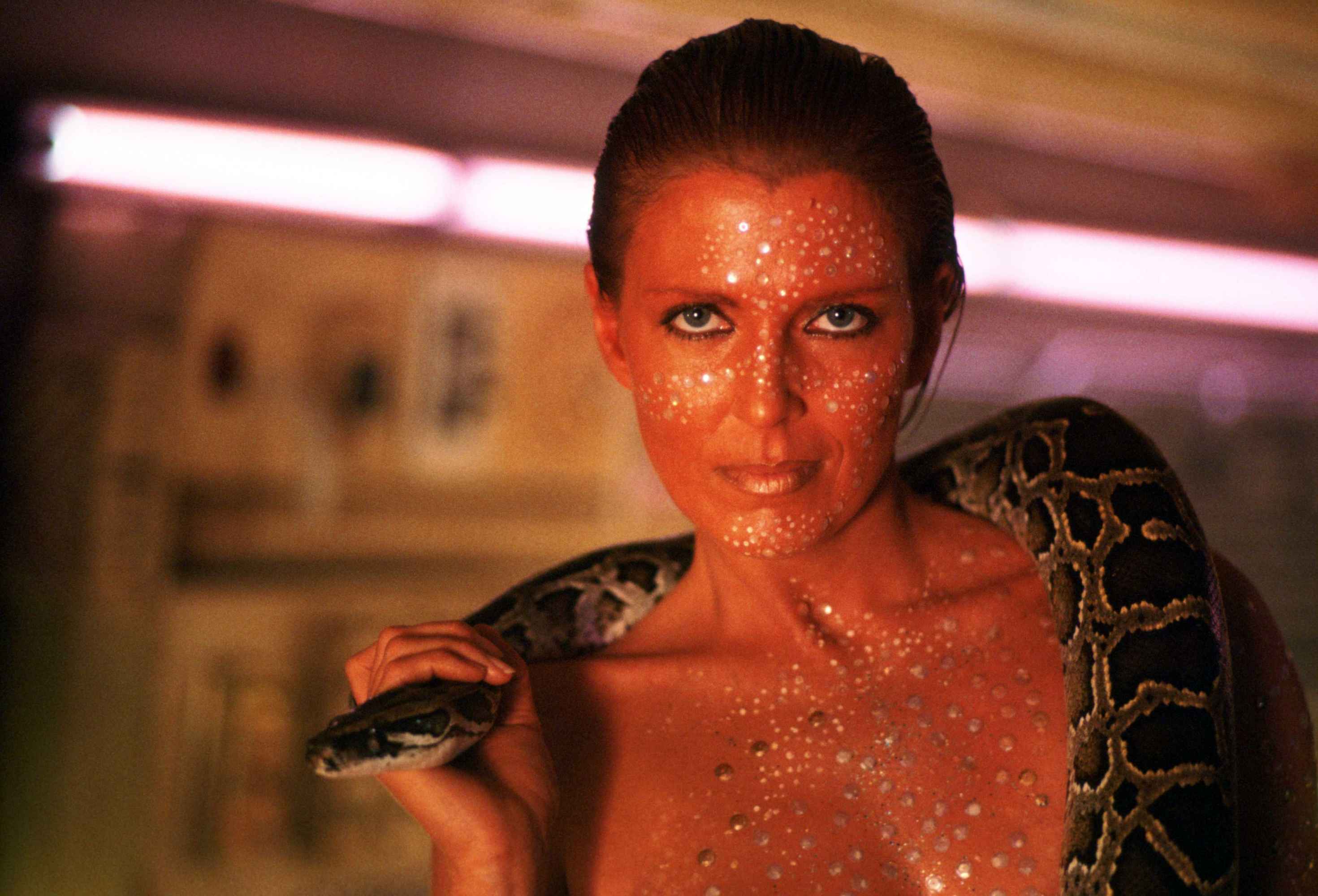
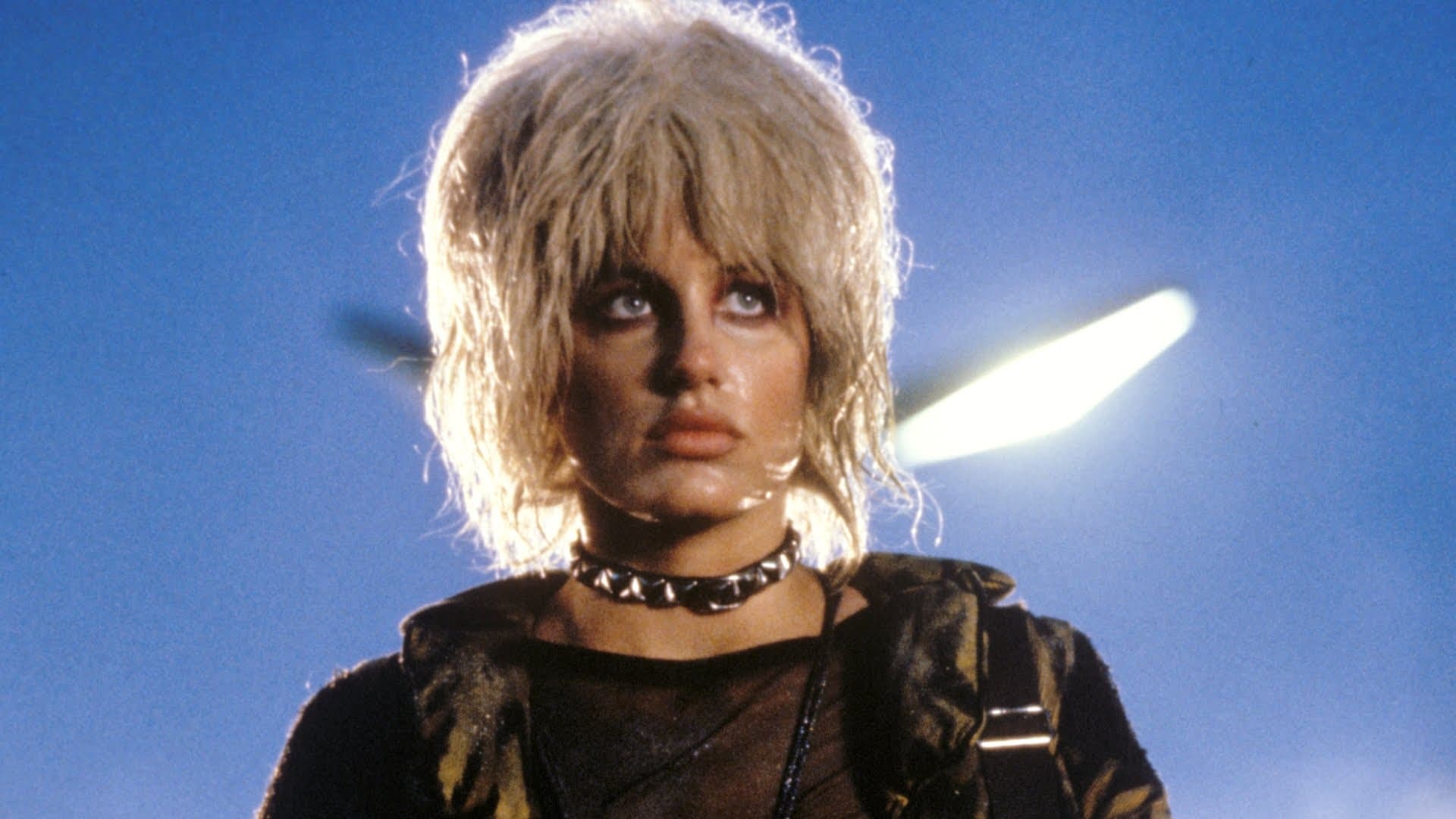
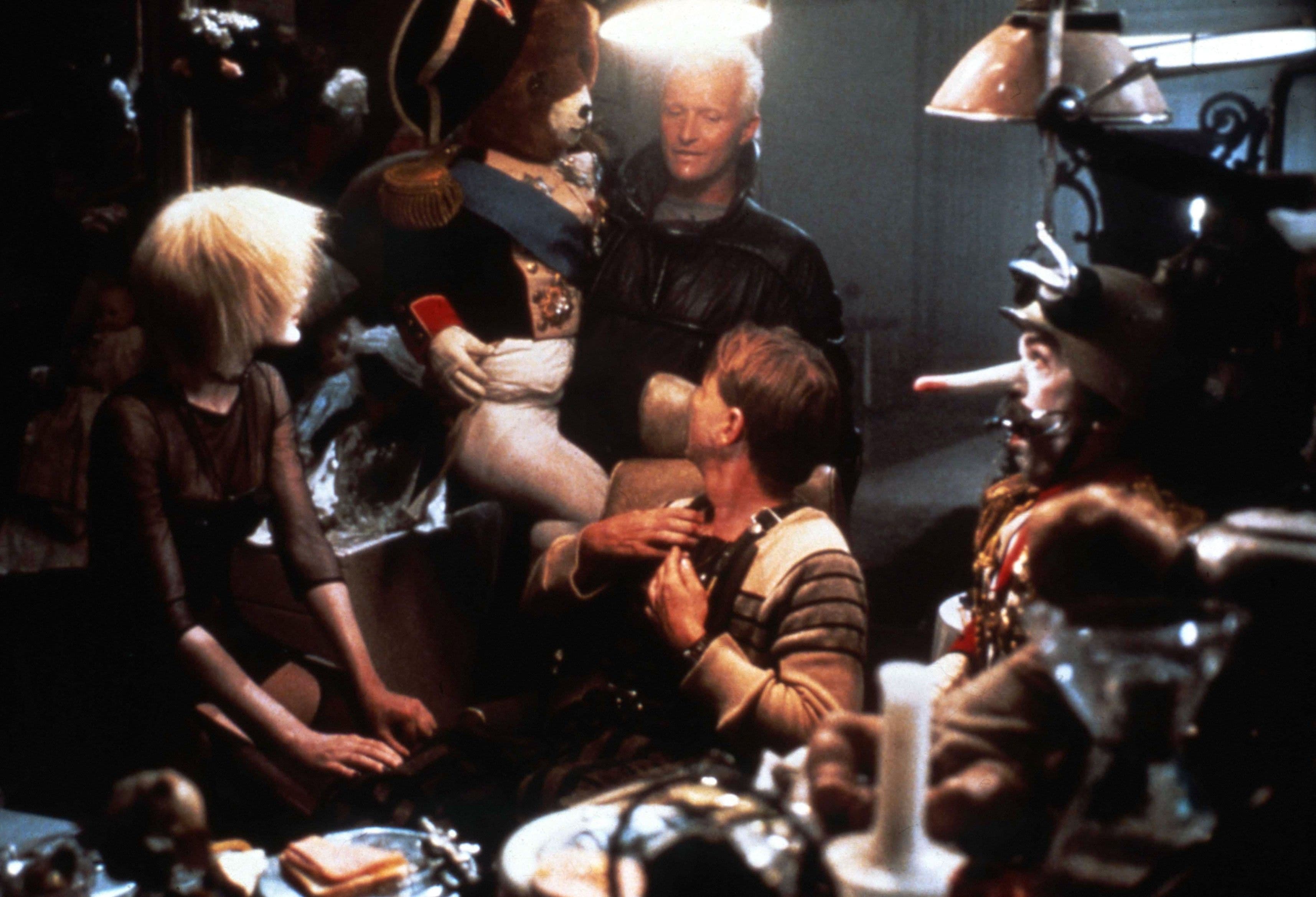
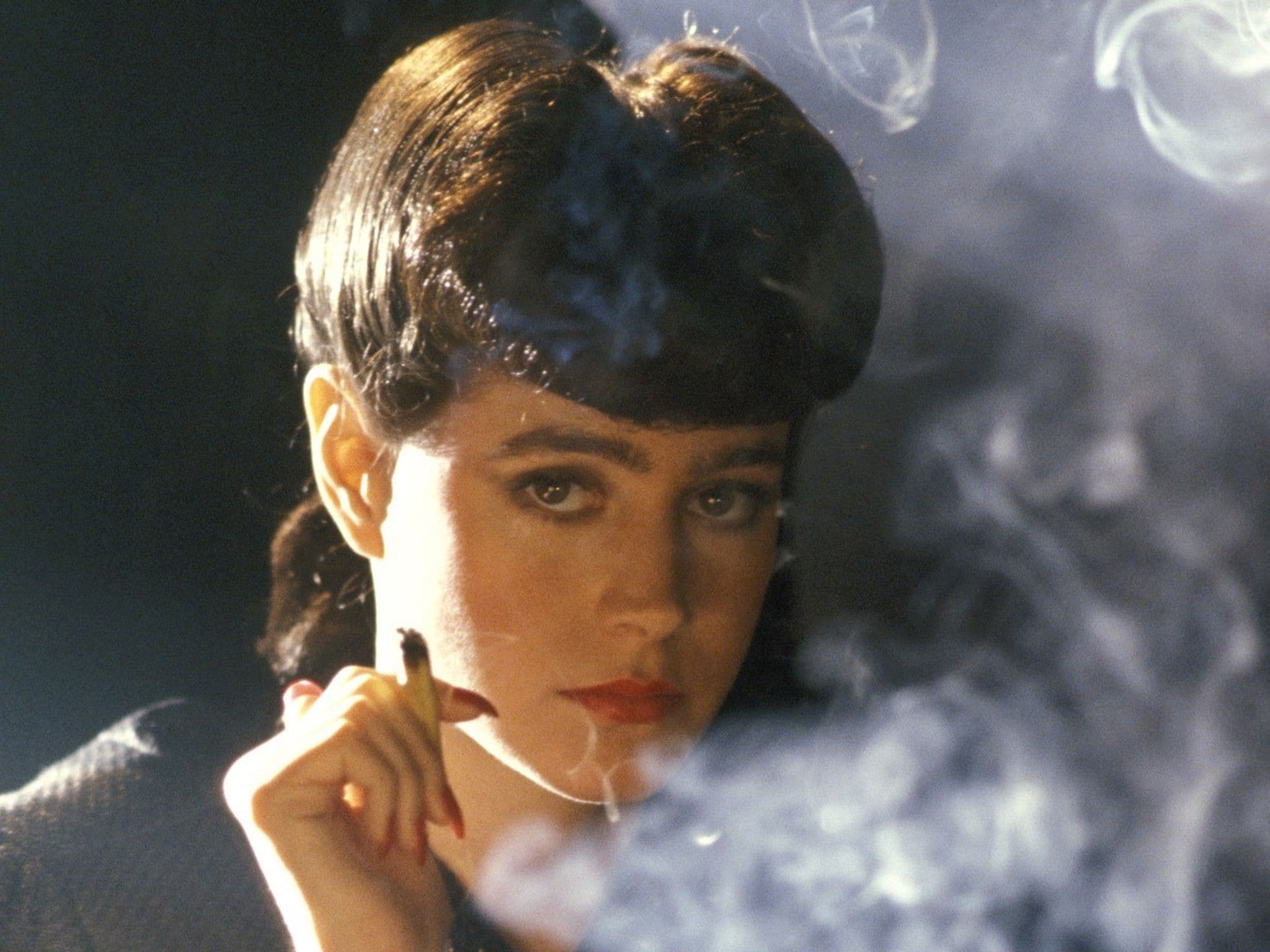
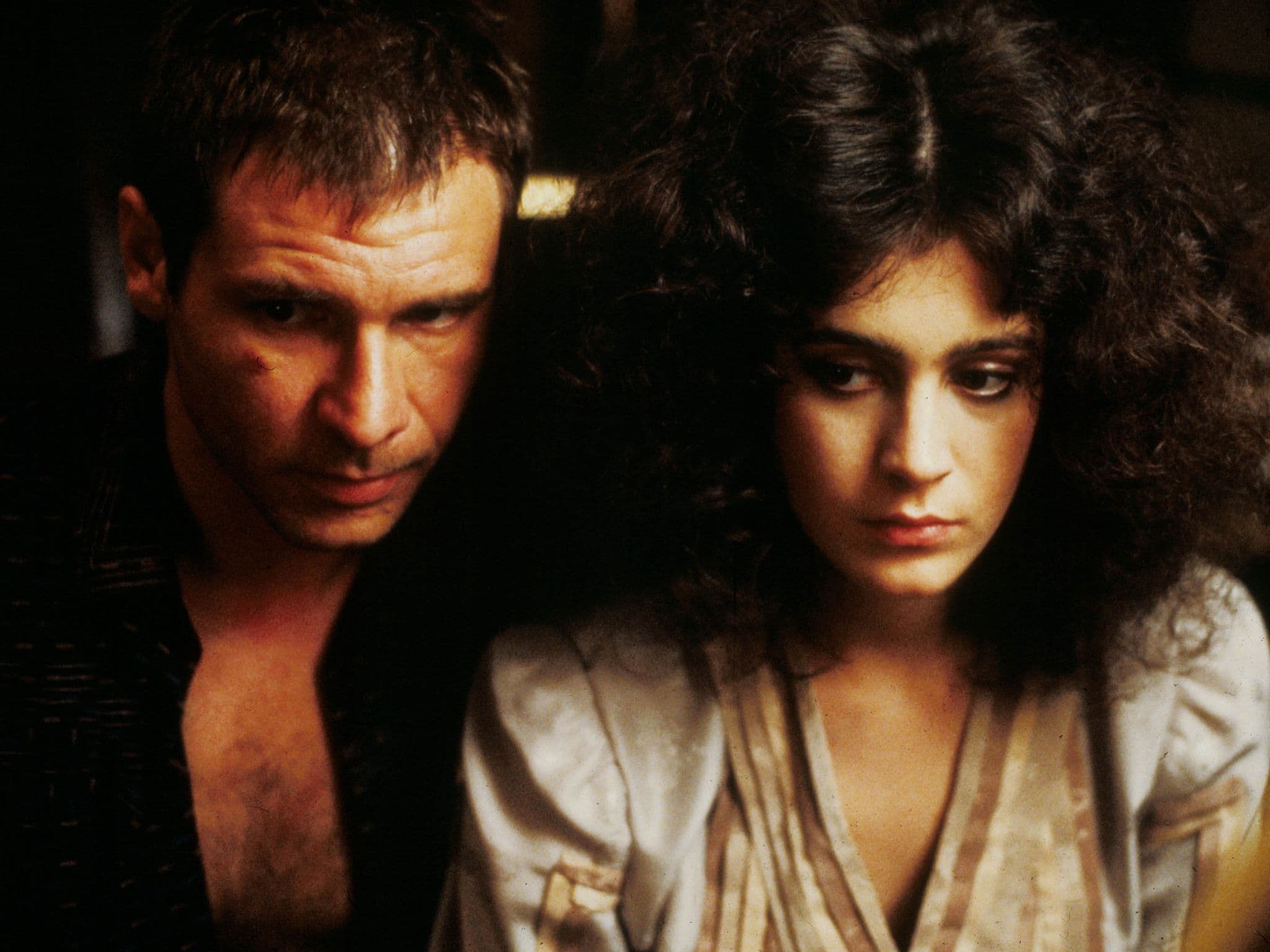
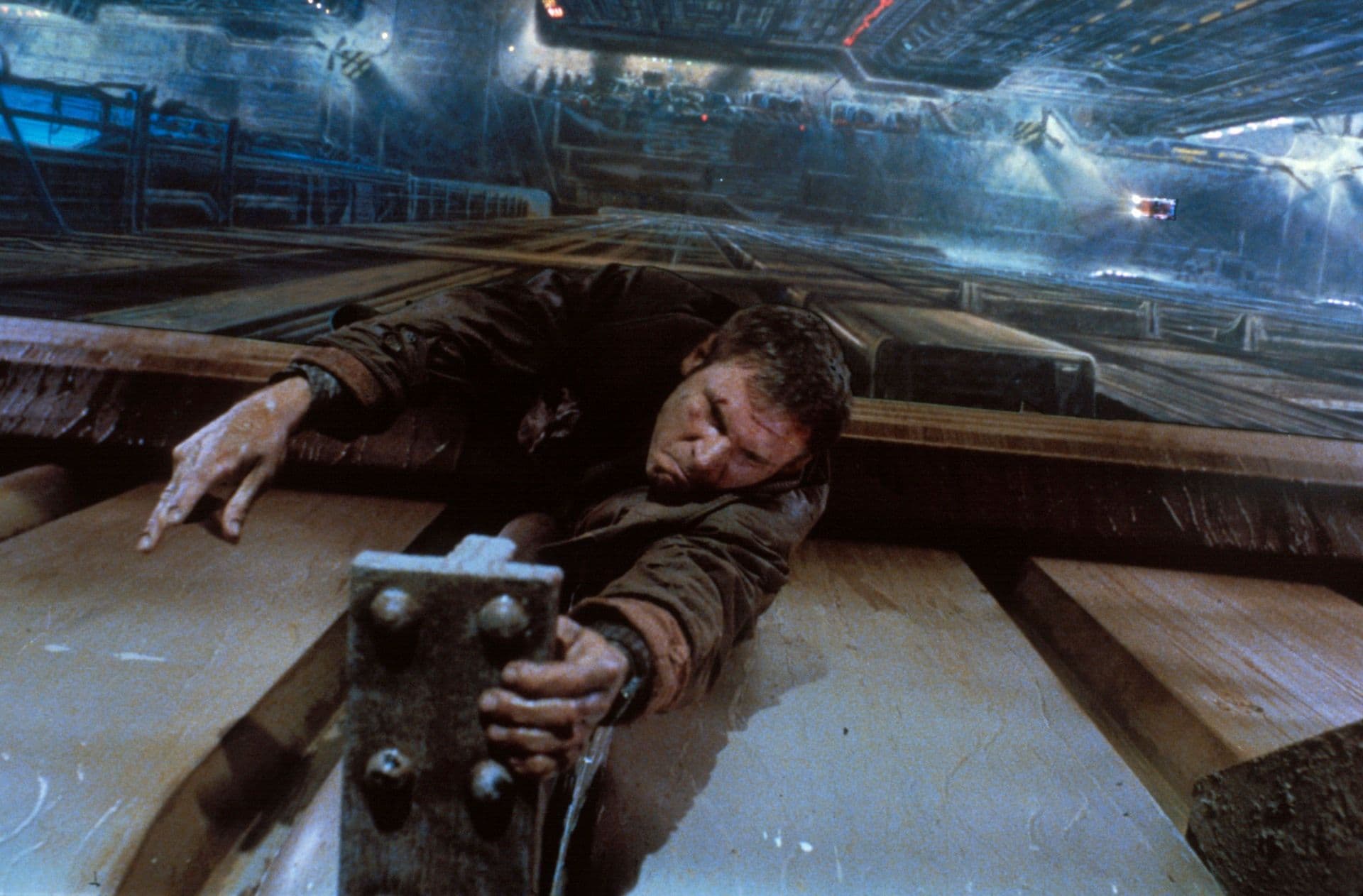
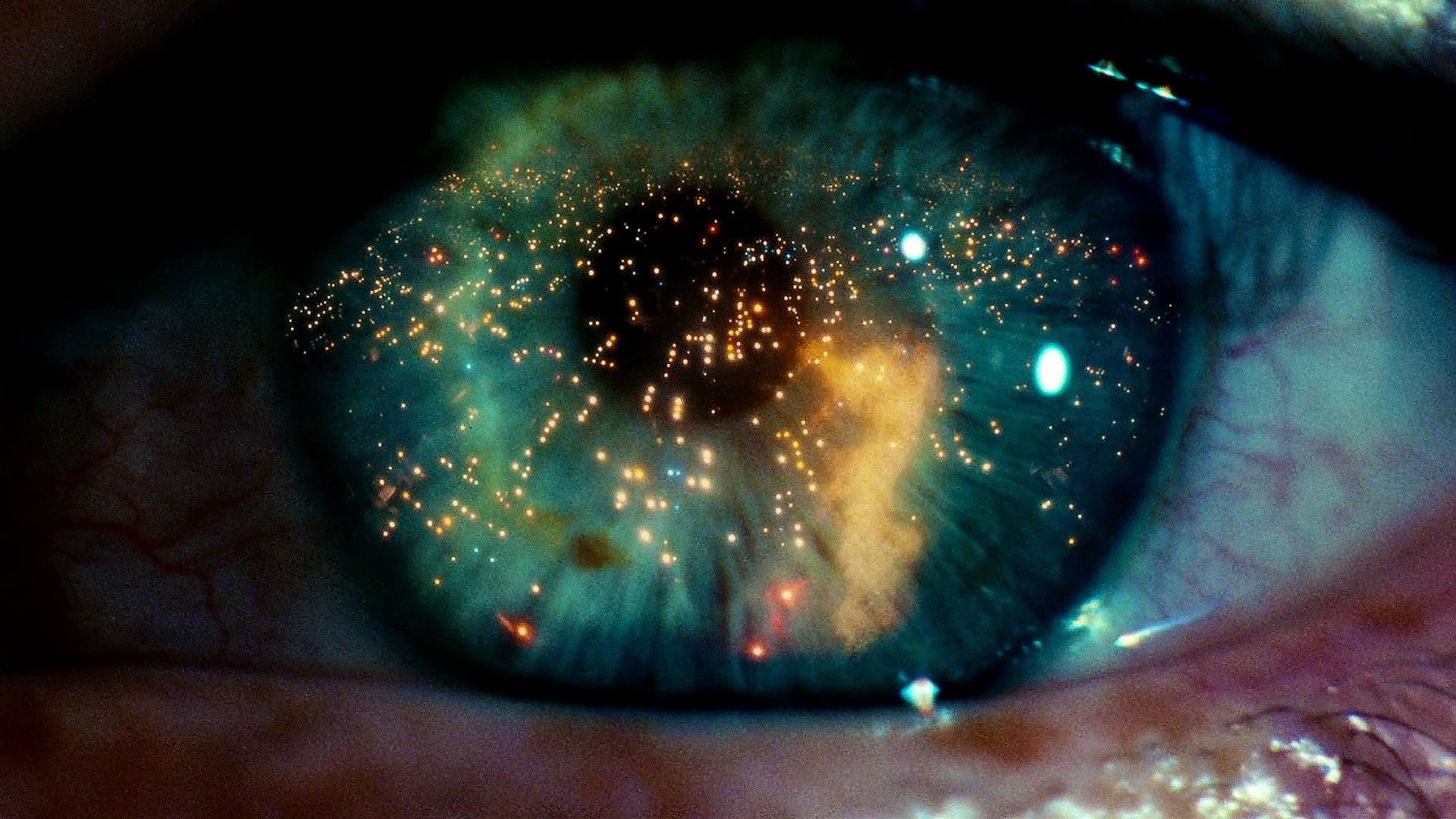
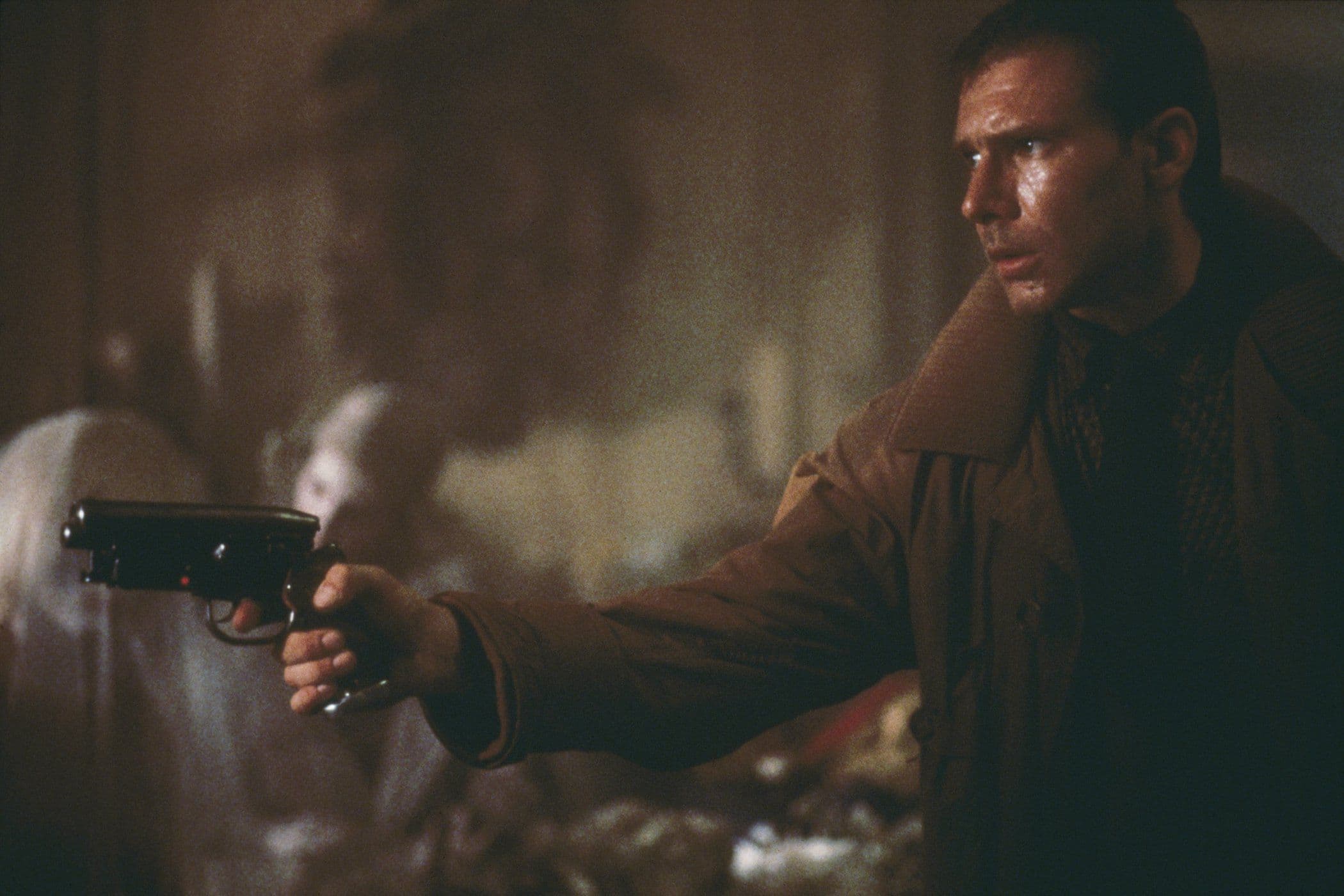
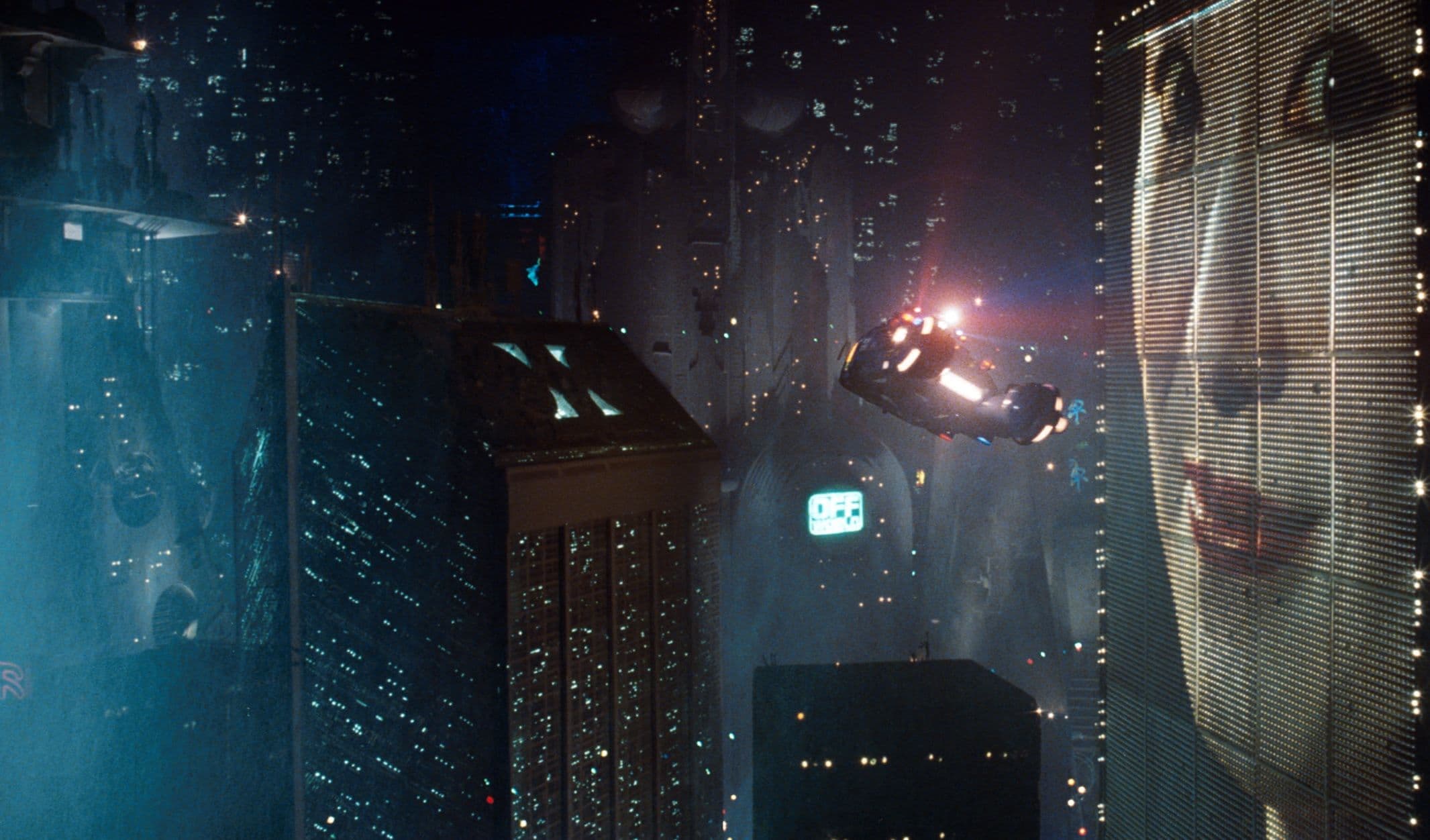

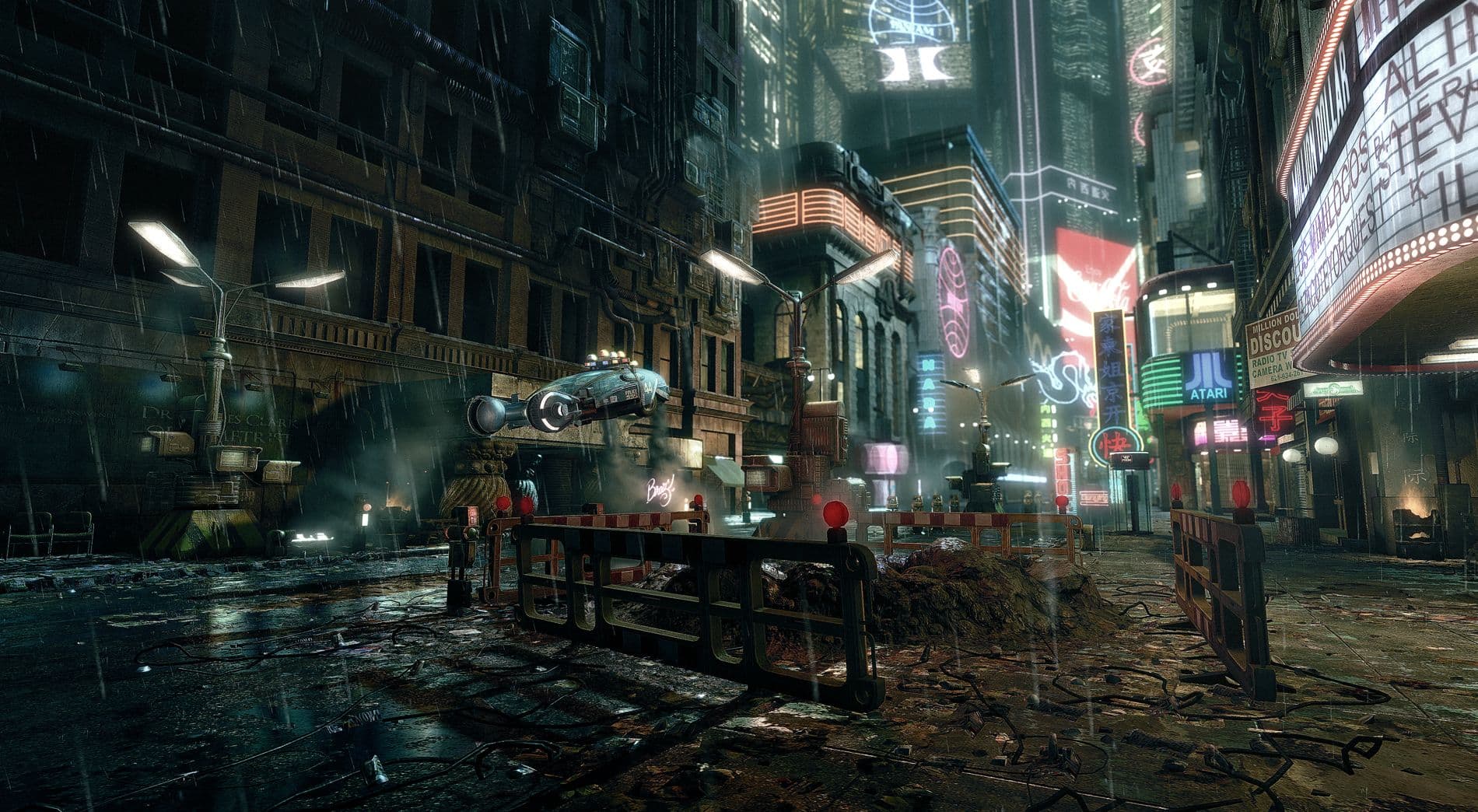
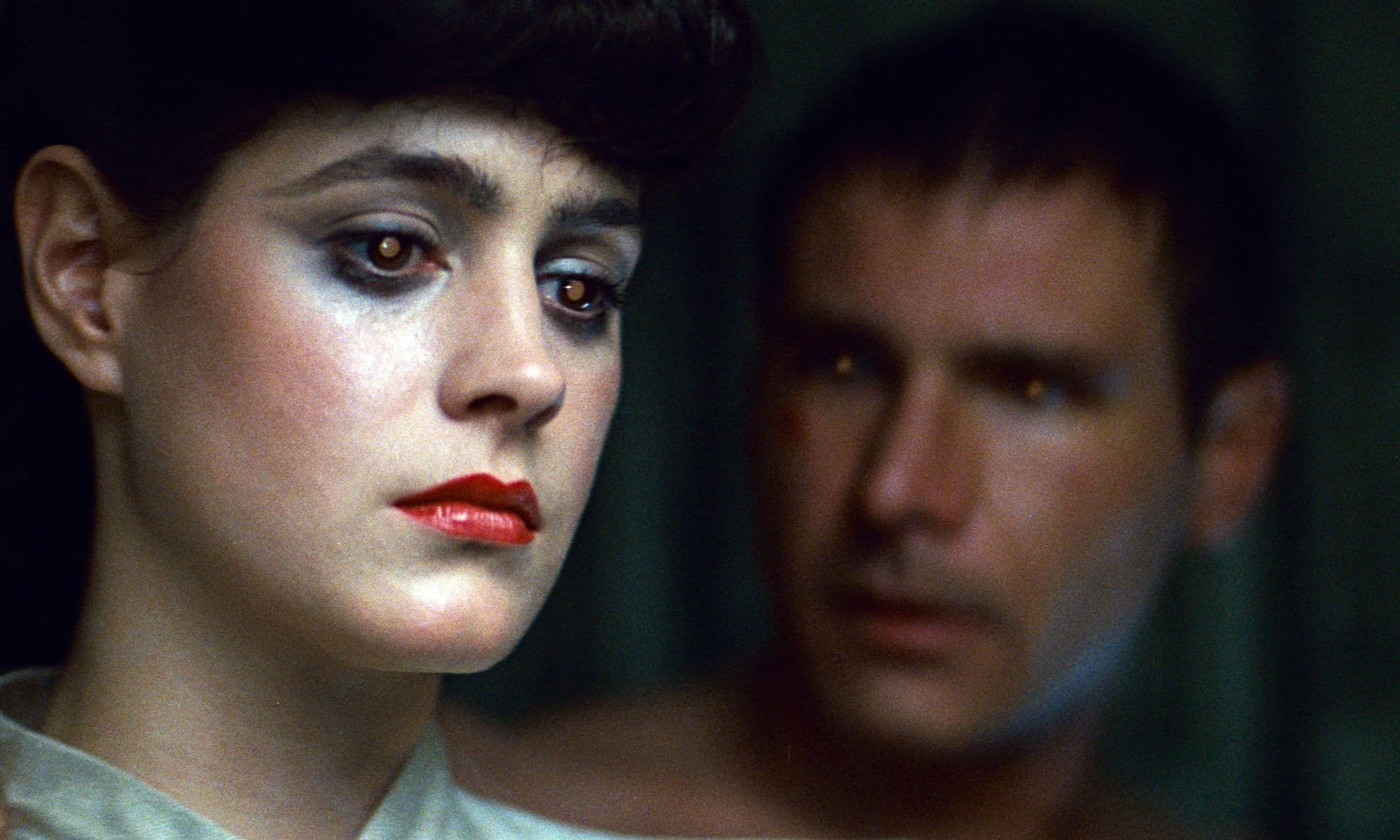

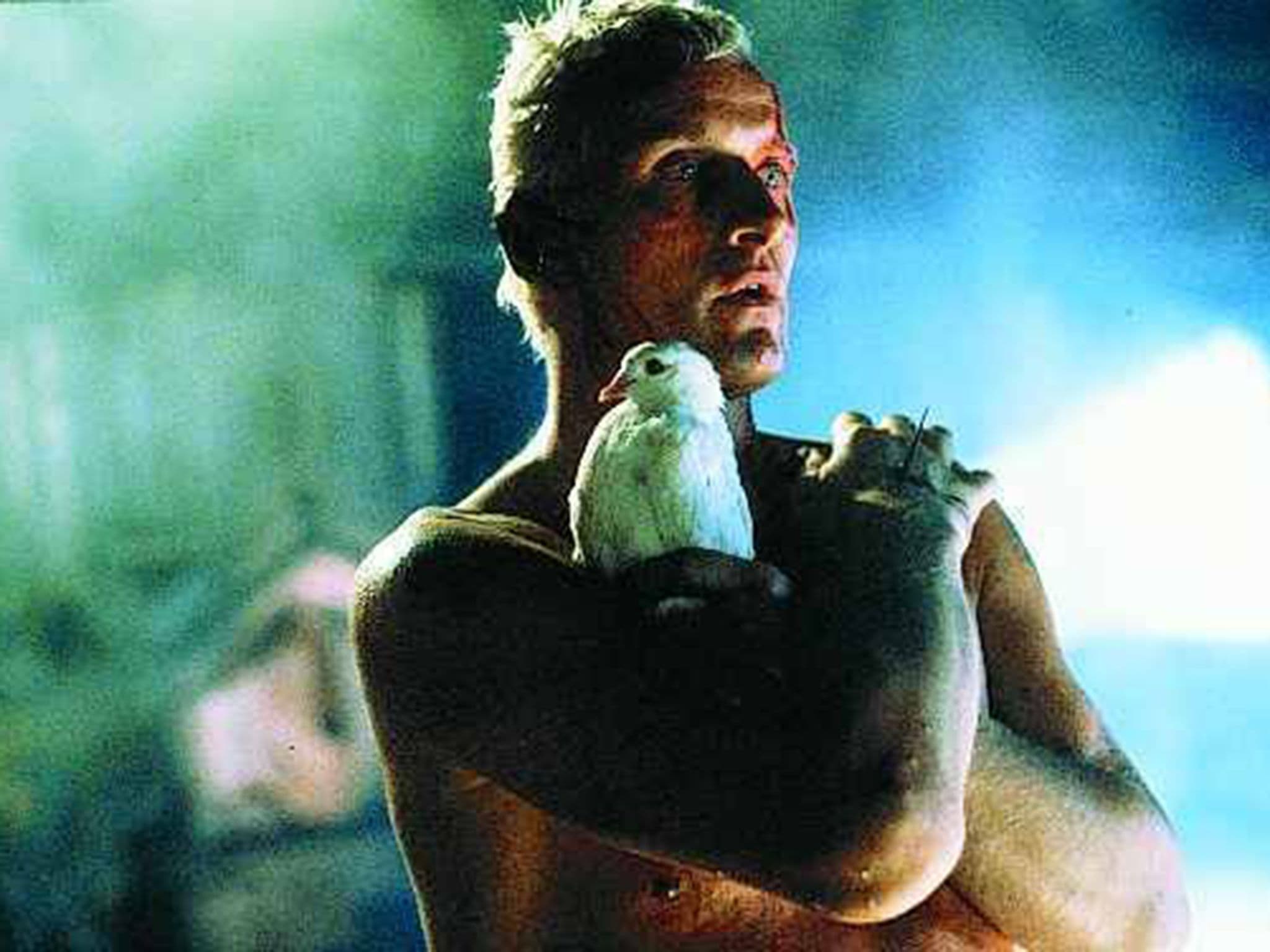
Featured Videos
Official Trailer
Comments
Loading comments...